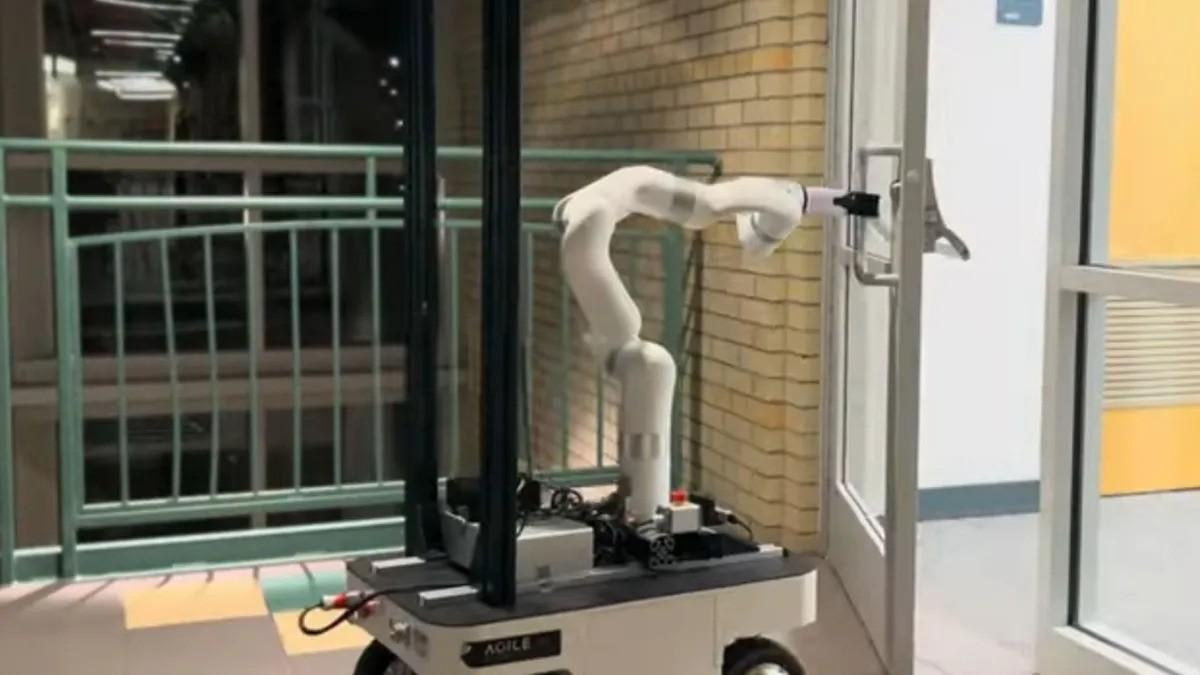Carnegie Mellon University researchers have devised a revolutionary training program that enables robots to learn autonomously as they encounter new challenges. Spearheaded by Haoyu Xiong, Russell Mendonca, Kenneth Shaw, and Deepak Pathak, the team’s method allows robots to progressively enhance their capabilities without constant human intervention.
Traditionally, robots are programmed with specific tasks, limiting their adaptability to novel situations. However, this innovative program allows robots to commence with basic knowledge and refine it through hands-on experience. Unlike conventional methods reliant on human guidance and examples, this approach empowers robots to autonomously adapt to new scenarios, enhancing their versatility and independence.
“You want the robots to work autonomously… without relying on humans to keep giving examples at test time for every new kind of scenario that you’re in,” team member Deepak Pathak told New Scientist in an interview.
The researchers fabricated a specialized robot equipped with a single arm and a clasp hand unit, tailored for manipulating doors and drawers. Trained to open doors using its clasp, the robot gradually improved its techniques through practice. Remarkably, the project’s cost of $25,000 significantly undercuts other similar robotic systems equipped with adaptive learning capabilities.
This breakthrough emphasizes the significance of exposing robots to real-world conditions for effective training. While most research on robot training occurs in controlled laboratory settings, this study underscores the importance of real-world exposure. By allowing robots to learn in diverse environments, they can better adapt to the complexities of reality.
During outdoor experiments, the researchers observed the robot’s ability to adapt to different types of door knobs. When encountering a familiar knob, the robot opened the door effortlessly. However, faced with an unfamiliar knob, the robot leveraged knowledge from previous experiences to devise a solution, showcasing its capacity to learn dynamically.
With this new training program, the robot achieved an impressive 95% success rate in opening doors and drawers, even if some attempts took up to 30 minutes. This underscores the robot’s ability to adapt and learn independently, marking a significant milestone in robotics research.
In summary, the development of this training program signifies a major advancement in creating robots capable of autonomously interacting with physical objects. By enabling robots to learn and adapt in real-time, researchers are laying the groundwork for more sophisticated and capable robotic systems capable of operating effectively across various environments.

